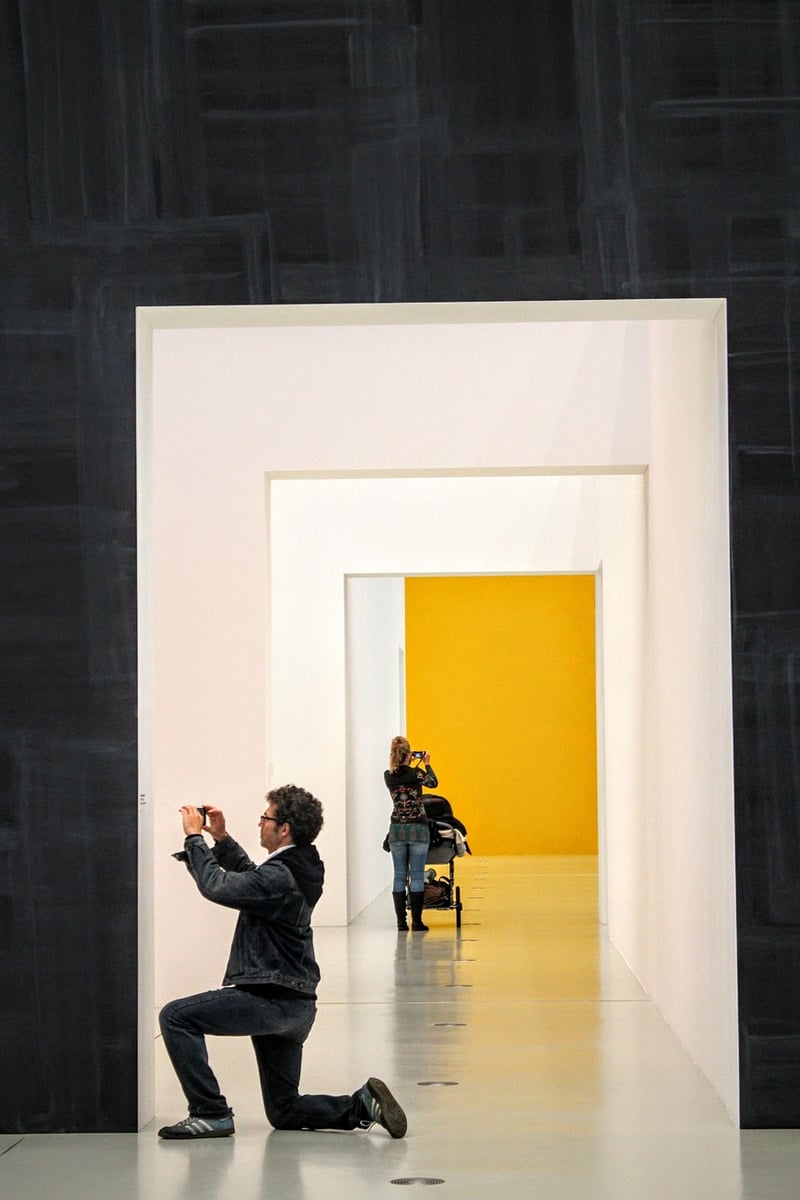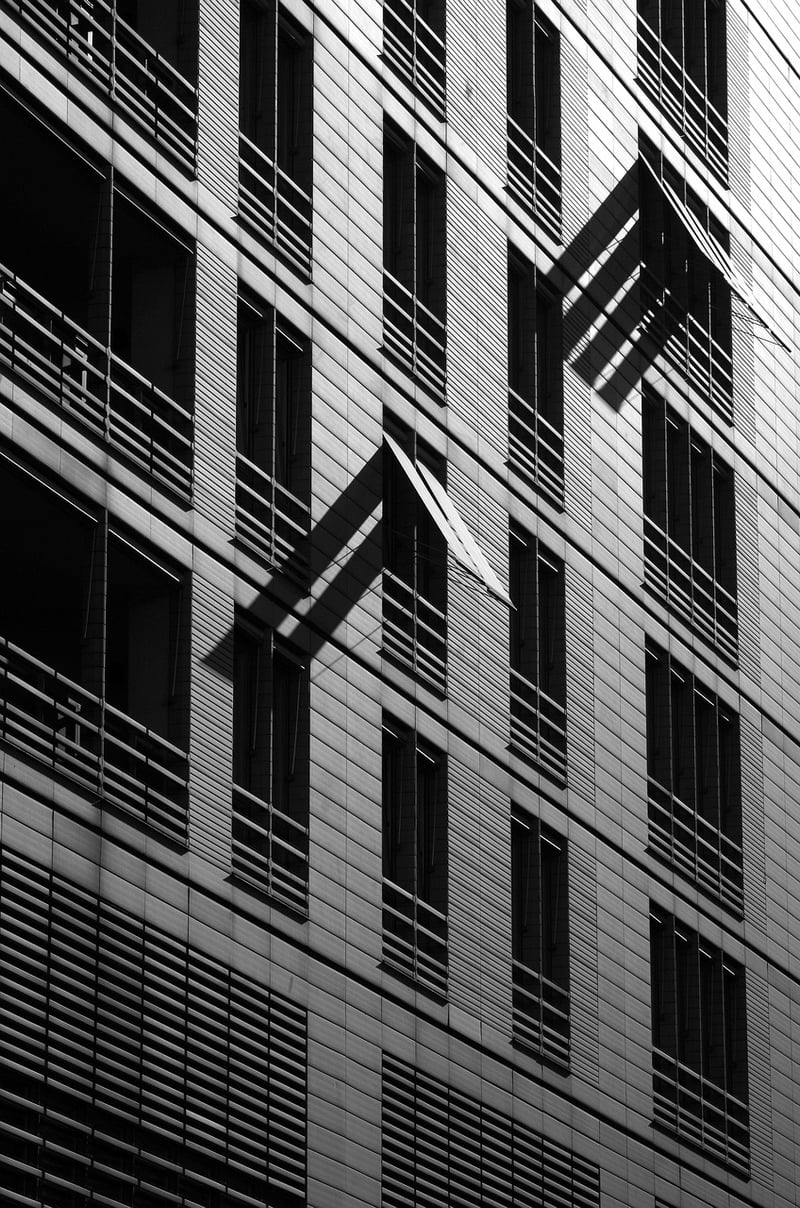Contemporary
Exploring Expressive Movement and Artistic Expression in Contemporary Art
Art has always been a powerful medium for expressing emotions, ideas, and cultural movements. In contemporary art, the use of expressive movement to convey artistic expression has gained significant popularity. Artists are increasingly incorporating dynamic, fluid movements into their work to create visually captivating pieces that evoke a range of emotions in the viewer.
The Power of Expressive Movement
Expressive movement in art involves the use of gestures, brushstrokes, and forms that convey a sense of energy, emotion, and movement. This form of artistic expression allows artists to break free from traditional constraints and create works that are spontaneous, raw, and deeply personal.
By harnessing the power of expressive movement, artists can communicate complex ideas and emotions that may be difficult to express through words alone. The fluidity and dynamism of movement in art can evoke a visceral response in the viewer, creating a profound connection between the artwork and its audience.
Contemporary Artists Embracing Expressive Movement
Many contemporary artists have embraced expressive movement as a central element of their artistic practice. Through a variety of mediums such as painting, sculpture, performance art, and digital art, these artists explore the boundaries of movement and expression.
- Julie Mehretu: Known for her large-scale abstract paintings that incorporate gestural marks and dynamic compositions, Mehretu's work captures the energy and complexity of contemporary life.
- William Kentridge: A South African artist renowned for his animated films and charcoal drawings, Kentridge's work often explores themes of memory, politics, and social injustice through expressive movement.
- Marina Abramović: A performance artist known for her durational performances that push the limits of the body and mind, Abramović uses her own body as a tool for expressing deep emotions and challenging societal norms.
Exploring Expressive Movement in Your Own Art
Whether you are an aspiring artist or simply appreciate the power of artistic expression, incorporating expressive movement into your own art can add depth and emotion to your work. Experiment with different techniques, such as gestural drawing, action painting, or kinetic sculpture, to explore the possibilities of movement in art.
Remember, art is a personal journey of self-expression, and there are no limits to how you can incorporate movement into your work. Let your emotions guide your hand and allow the energy of your movements to flow onto the canvas, creating art that is truly unique and impactful.
Conclusion
Expressive movement in contemporary art offers a powerful means of artistic expression, allowing artists to convey emotions, ideas, and experiences in a dynamic and engaging way. By embracing movement in art, we can create works that resonate with viewers on a deep and emotional level, sparking conversations and connections that transcend language and cultural barriers.
So, whether you are creating art yourself or simply admiring the works of others, take a moment to appreciate the beauty and complexity of expressive movement in contemporary art.


